Location: Berkeley, California
Project size: 1,835 square feet
Program: Seventh Street Residence is a new two-bedroom, two-bathroom residence in Berkeley, California. The clients were moving from a large suburban house in Atlanta and wanted a house that used fewer resources but still provided space for working, visitors, and relaxation. This 1,800-square-foot house is 1,000-square-feet smaller than their previous house but still provides a variety of spaces, light conditions, and functions. The house also uses all-electric appliances, is equipped with a charging station for electric vehicles, and is partially powered by solar panels.
Design Solution: Seventh Street Residence begins as a formal inquiry emerging from a critical reexamination of Berkeley’s context—in particular the prevalent wood-framed bungalows from the 1920s that share a consistent spatial typology and relationship to the street. The bungalow typology consists of a simple rectangular plan filled with rooms that abut each other. Each room houses a single typical residential program—sleeping, cooking, bathing, or socializing. A simple roof caps everything, often yielding a blocky and undifferentiated mass. Interiors are dark and cramped, with no spaces of transition. Throughout the neighborhood, this pattern recurs ubiquitously.
For this project, context is understood not as scalar relationships or elevational consistencies. Instead, it is seen as something spatial that can respond to experiential needs and create a richer residential experience. The design strategy expands, shifts, and rotates volumes to introduce natural light, establish privacy, or make connections. These spaces retain their original functions—bedrooms, kitchen, living room, and bathrooms—but are modified slightly to accommodate contemporary living. All the rooms retain the intimate scale associated with the bungalow typology yet gain the benefits of this volumetric strategy.
Structure and Materials: Rather than follow the bungalow strategy of using a highly articulated front porch to hide bulky massing, Seventh Street Residence expresses the three-dimensional aggregation of four primary masses. Material choices enhance the formal strategy. Each volume is uniformly finished with a reflective, neutral-but-light plaster. Where the volumes intersect, articulated wood panels and openings create contrast. Other openings are simple windows that yield to the monolithic form sheathed in white plaster.
Additional information
Completion date: May 2022
Site size: 5,000 square feet
Total construction cost: $850,000
Client/owner: Criss and Martha Hartzell
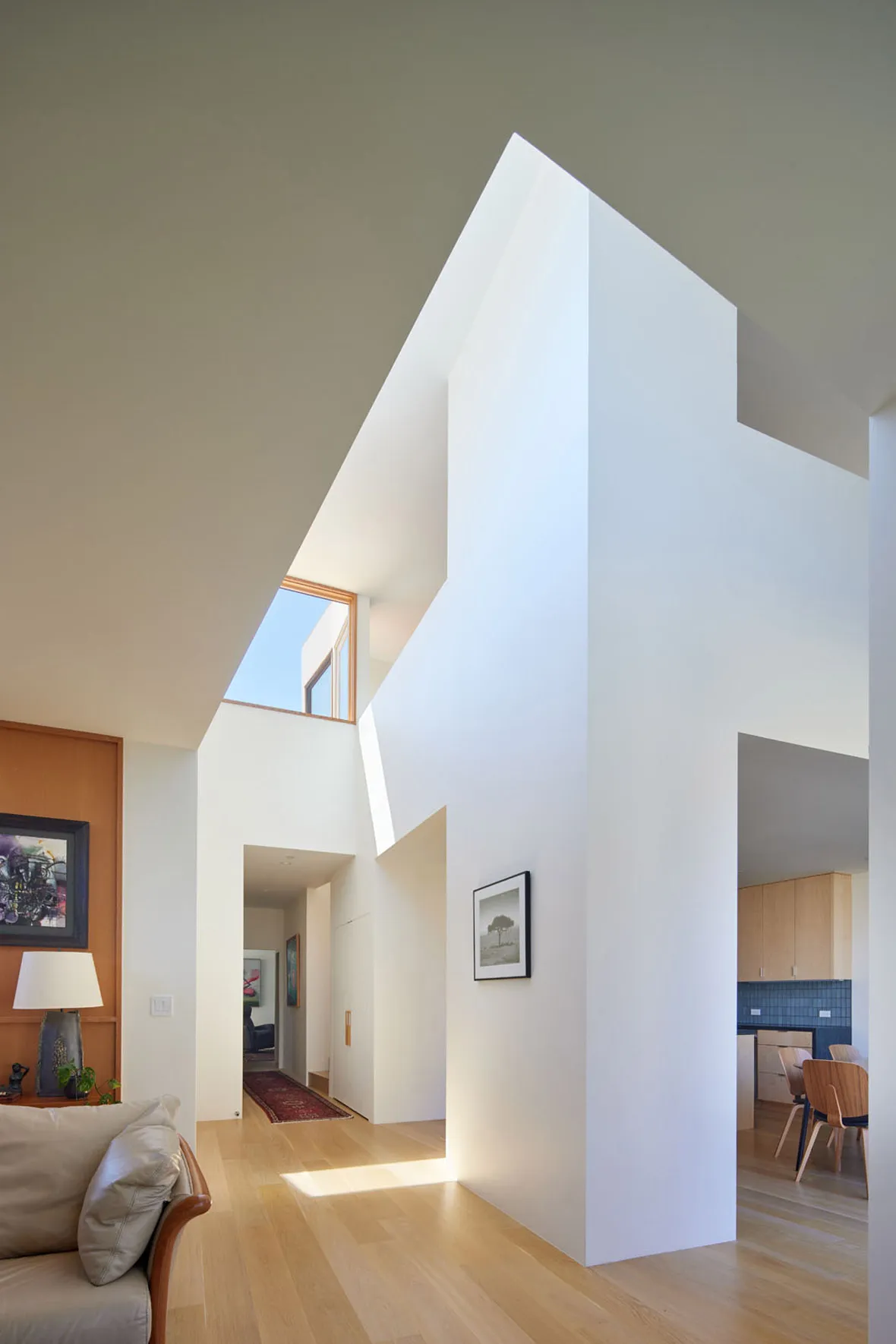
1
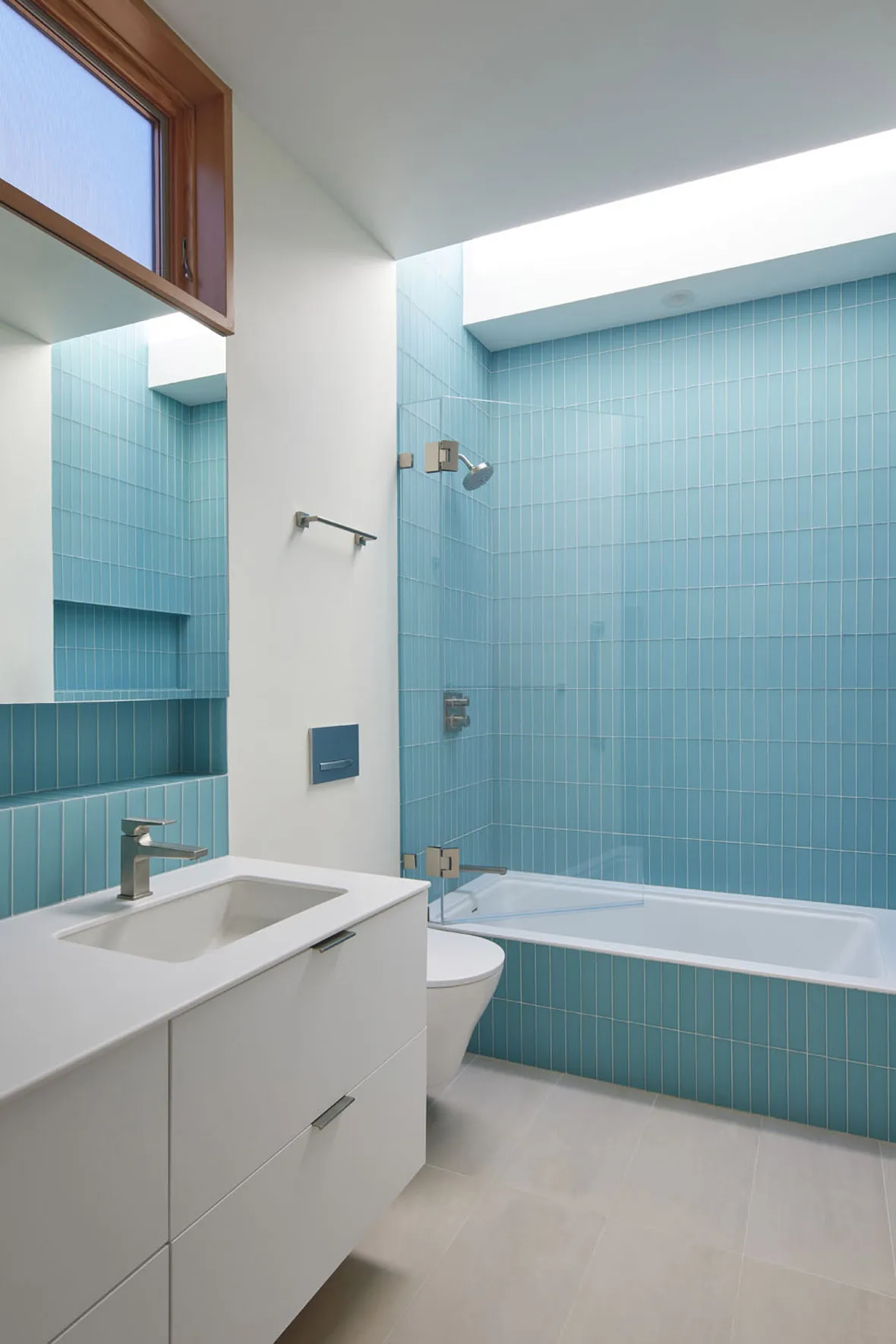
2
Photos © Bruce Damonte
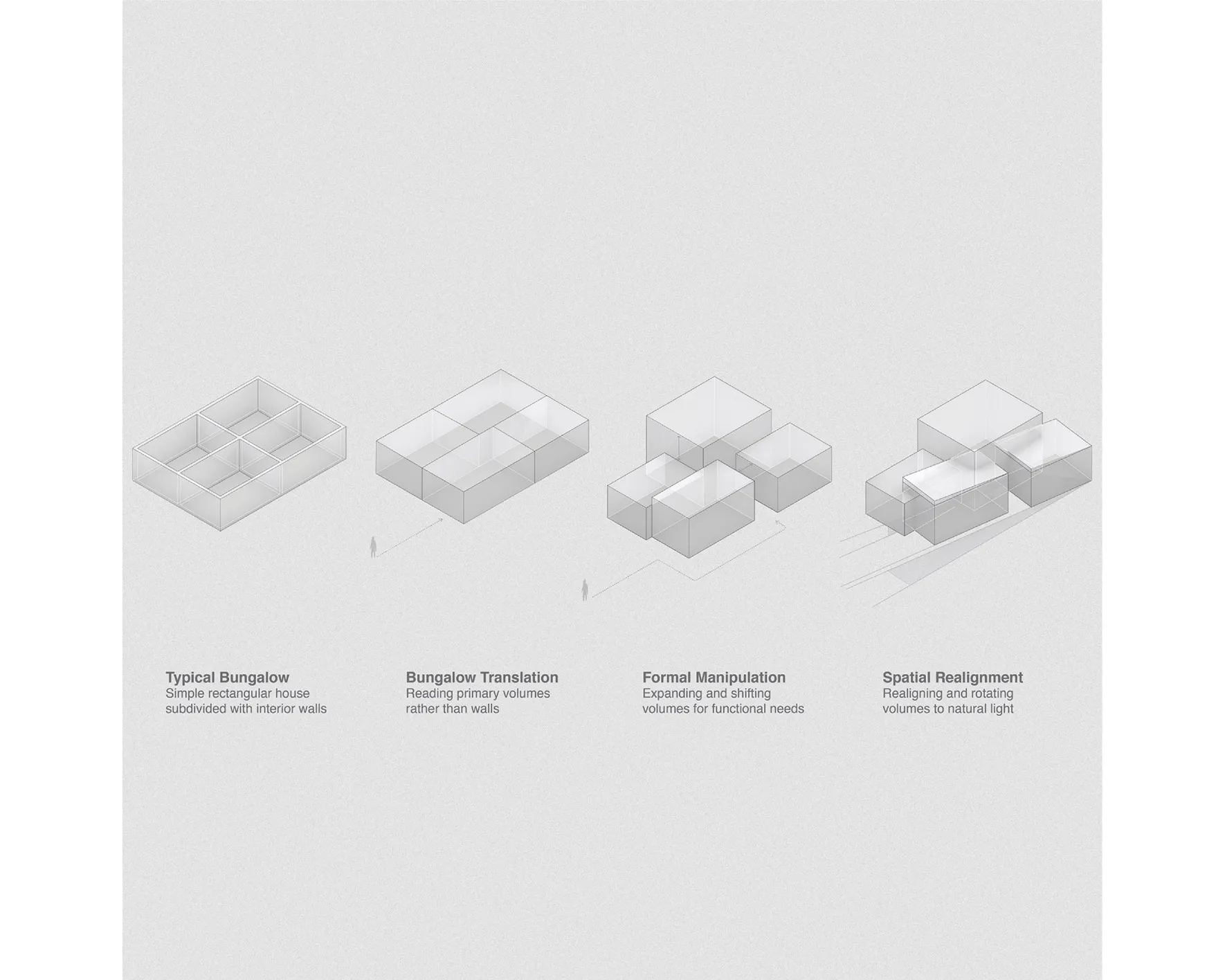
1
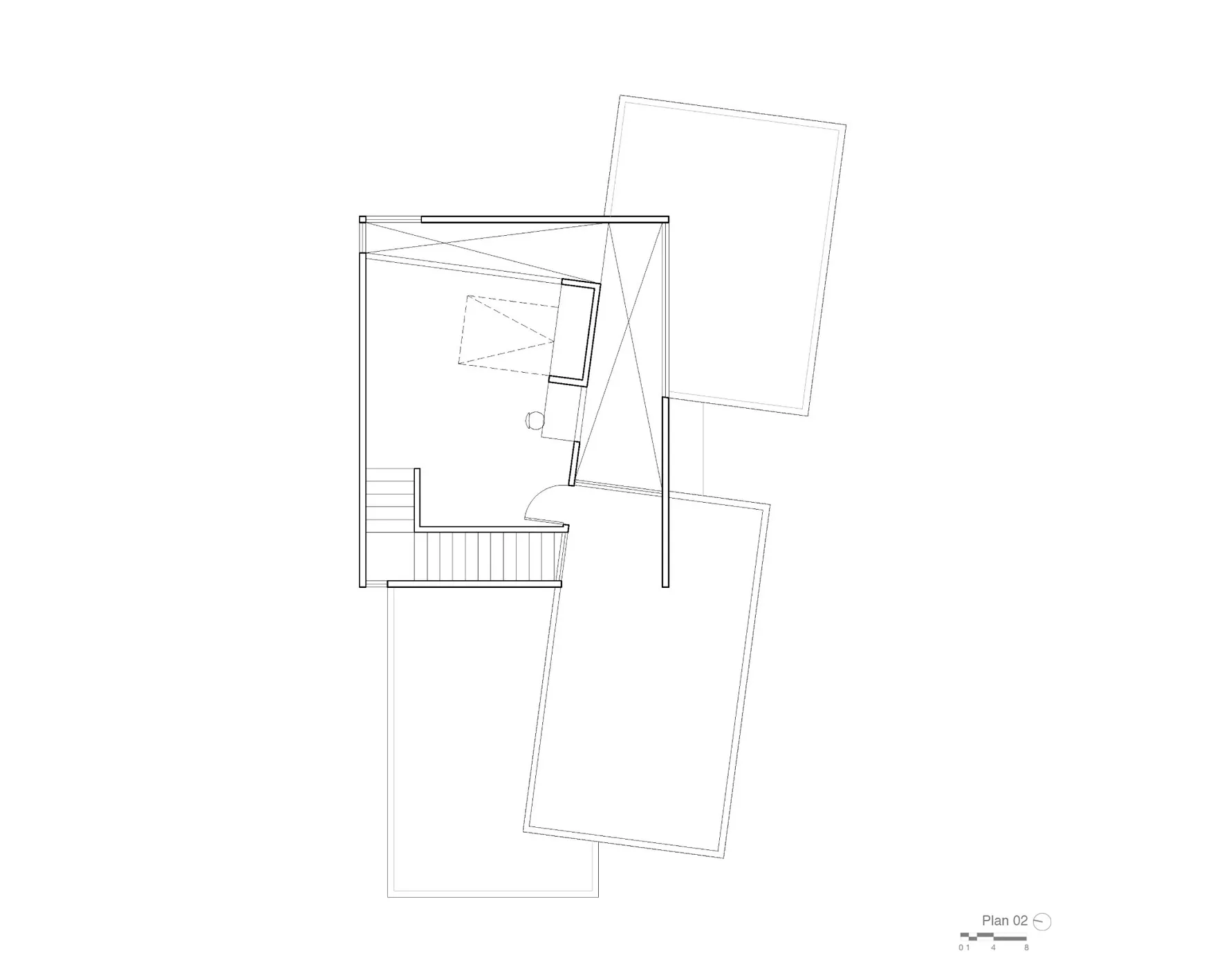
2
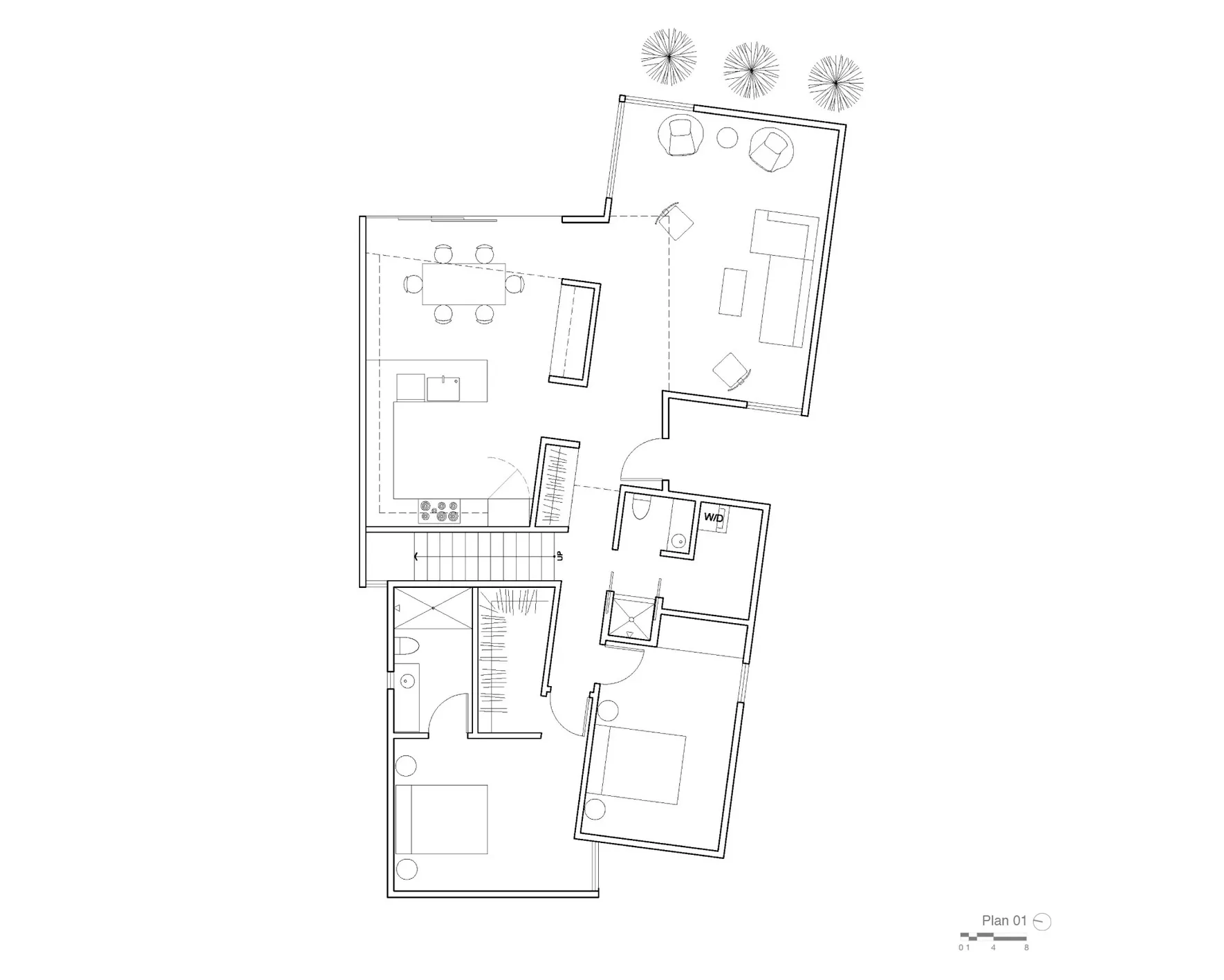
3
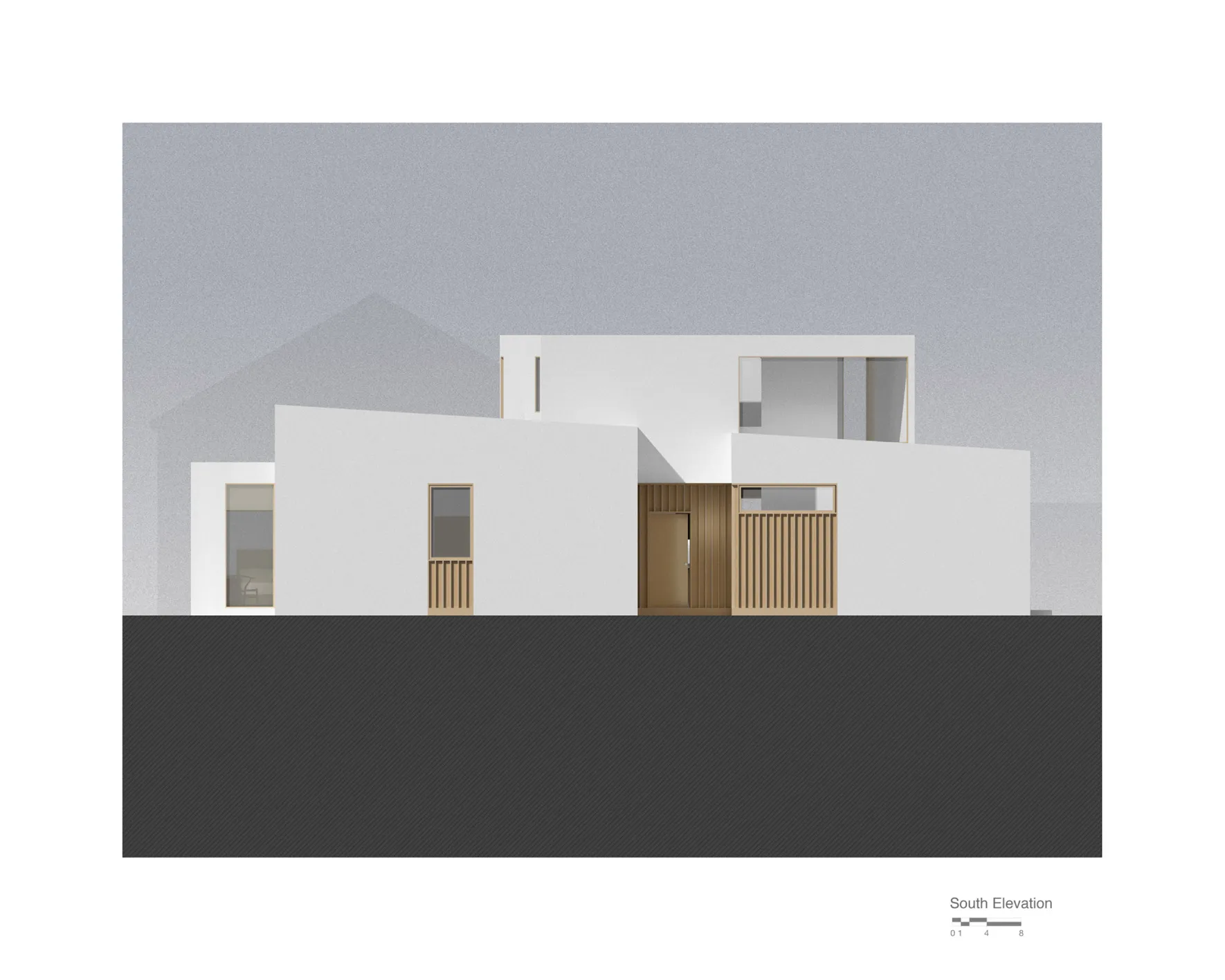
4
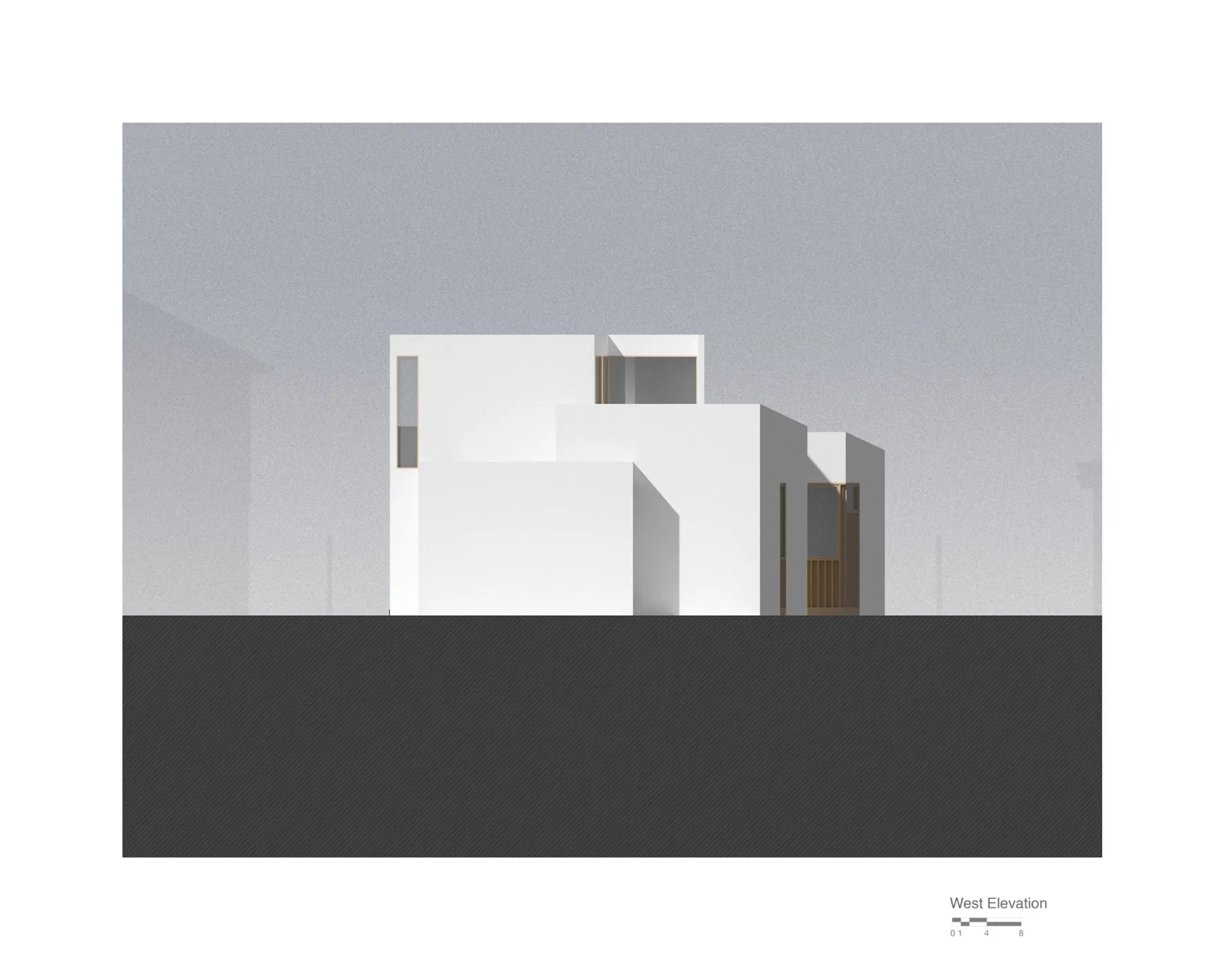
5
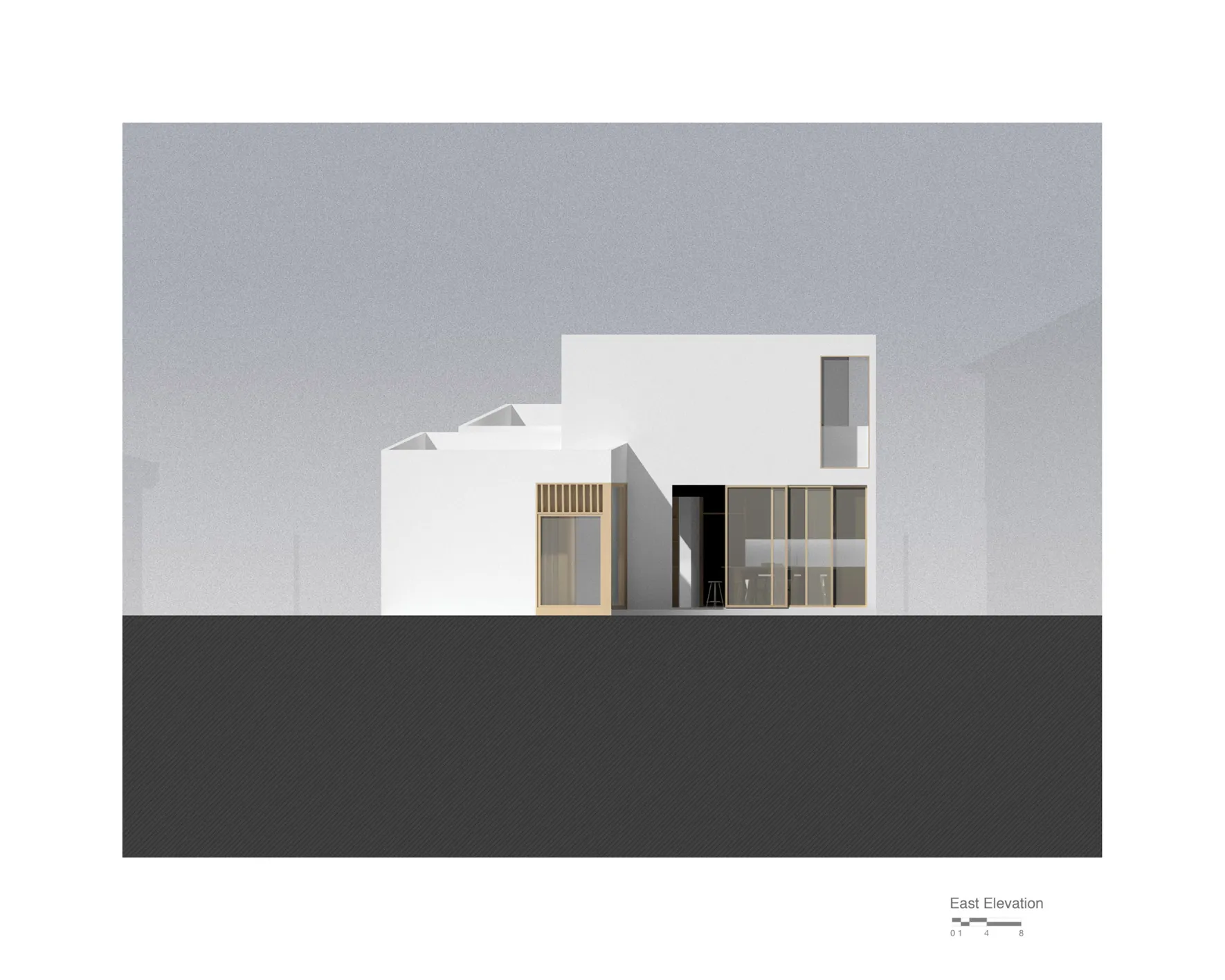
6
Diagram (1), plans (2 + 3), and elevations (4, 5, 6). Images courtesy the firm
Credits
Architect:
Sidell Pakravan Architects
2445 Sixth Street, Berkeley, CA 94710
(323) 428-4958
www.sidellpakravan.com
Personnel in architect's firm who should receive special credit:
Principals: Kristen Sidell, Rudabeh Pakravan
Design Lead: Keenan Gravier
Project Manager: Vadim Mishchuck
Engineers:
Structural: L Wong Engineering
Consultants:
Historian: Watson Heritage Consulting
Energy: Basaltic, Inc.
General contractor:
FCO General Construction
Photographer:
Bruce Damonte
Specifications
Exterior Cladding
Wood: Douglas fir
EIFS, ACM, or other: Traditional cement
plaster
Windows
Wood frame: Marvin Ultimate
Doors
Sliding doors: La Cantina
Interior Finishes
Cabinetwork and custom woodwork: Crystal Cabinets
Wall coverings: Douglas fir
Special surfacing: Warmboard Radiant
Floor and wall tile: Heath Chalk Gunmetal
Plumbing
Kitchen Faucet: Axor Citterio
Master Bath Sink: Lacava Cube
Energy
Photovoltaic system: Element Power Systems

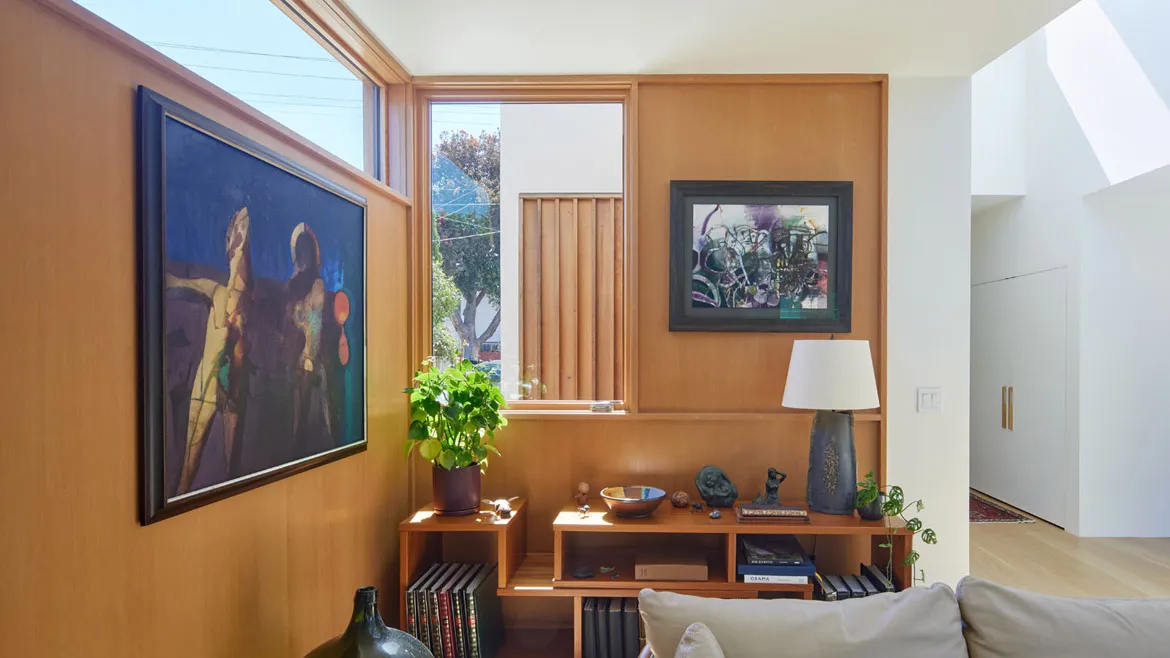
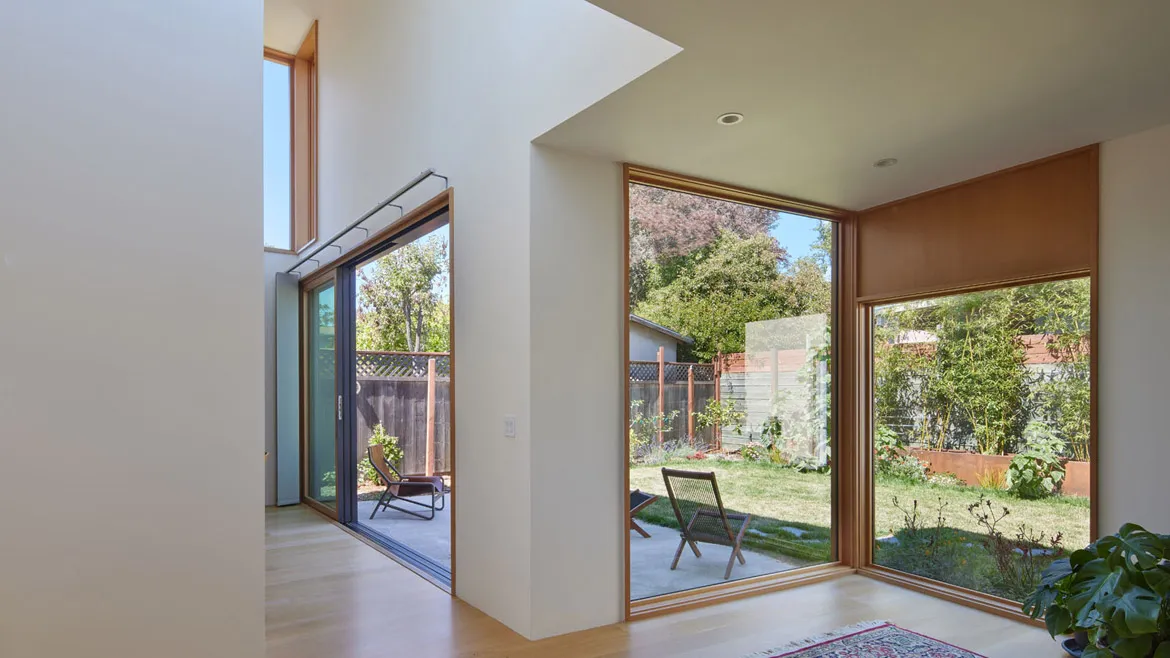
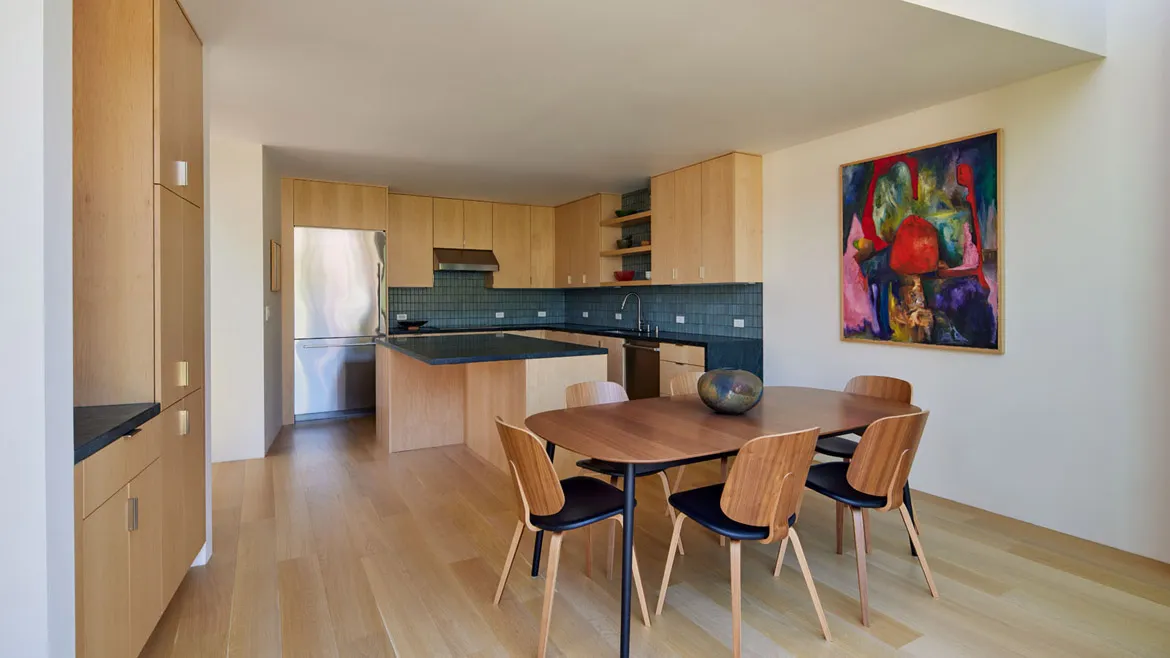
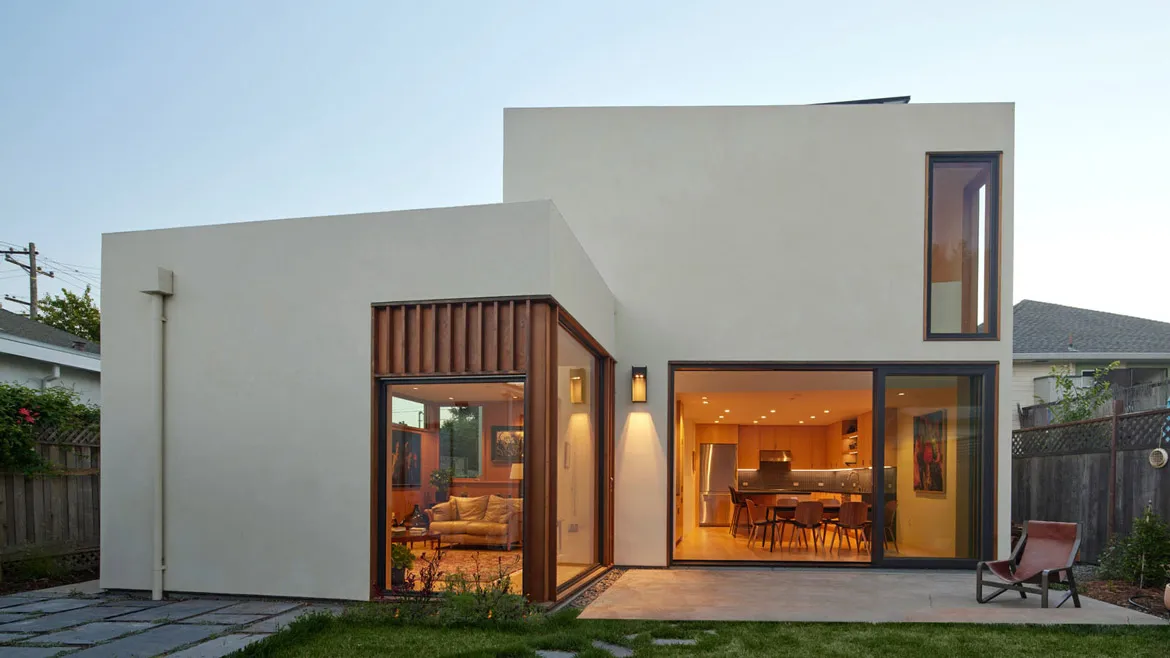

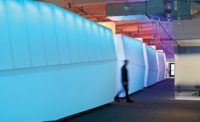
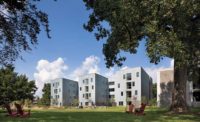
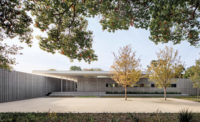
Post a comment to this article
Report Abusive Comment